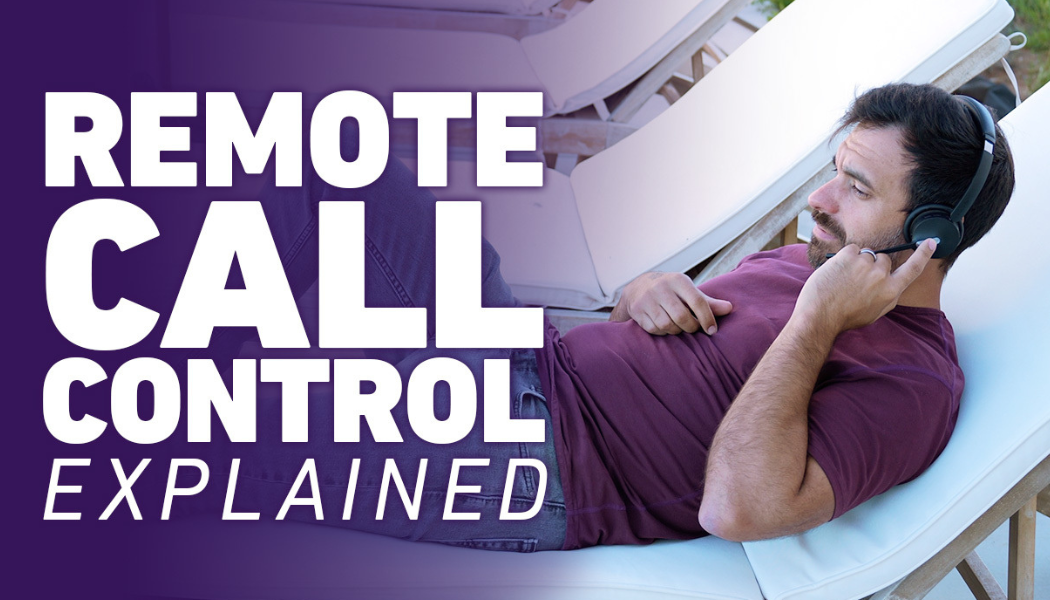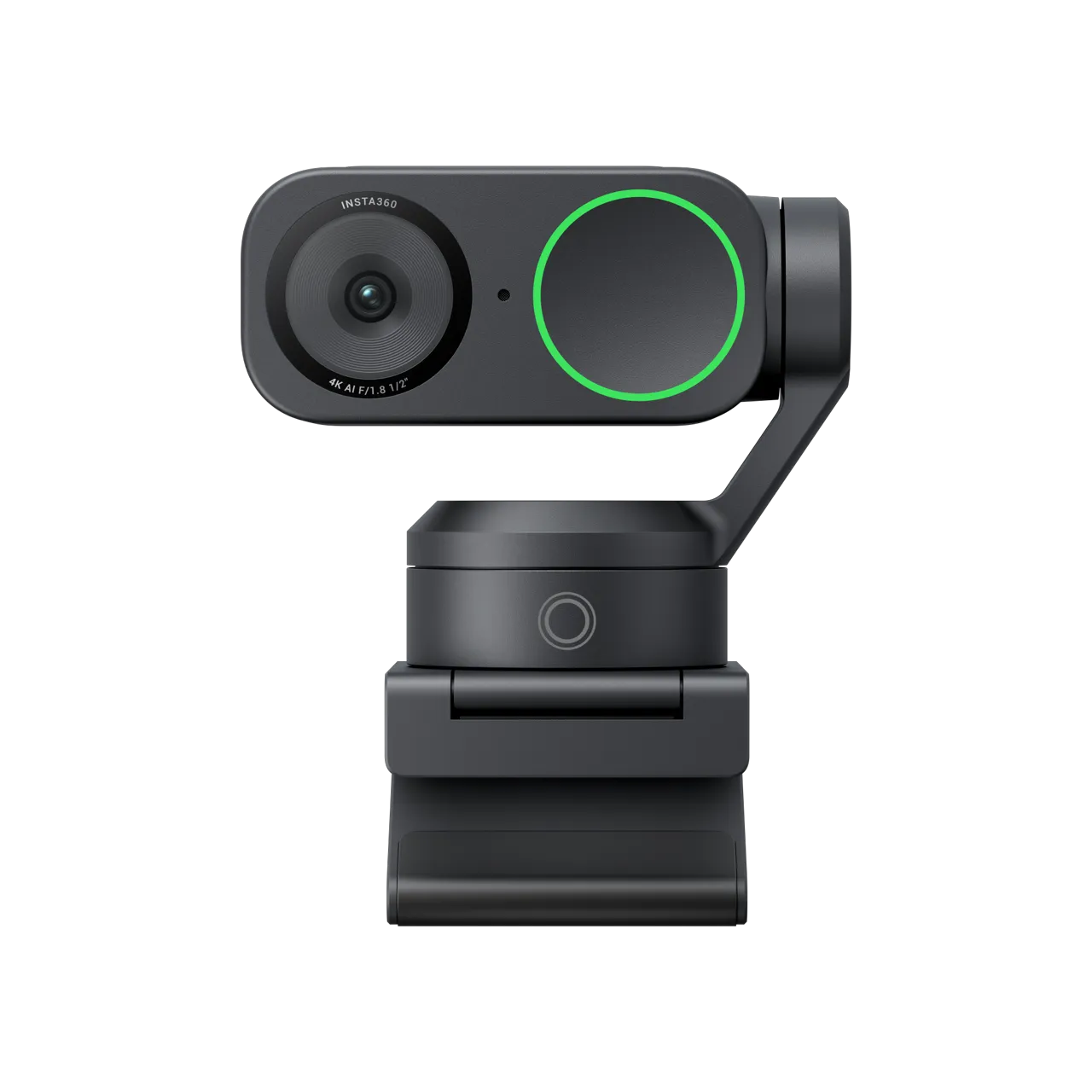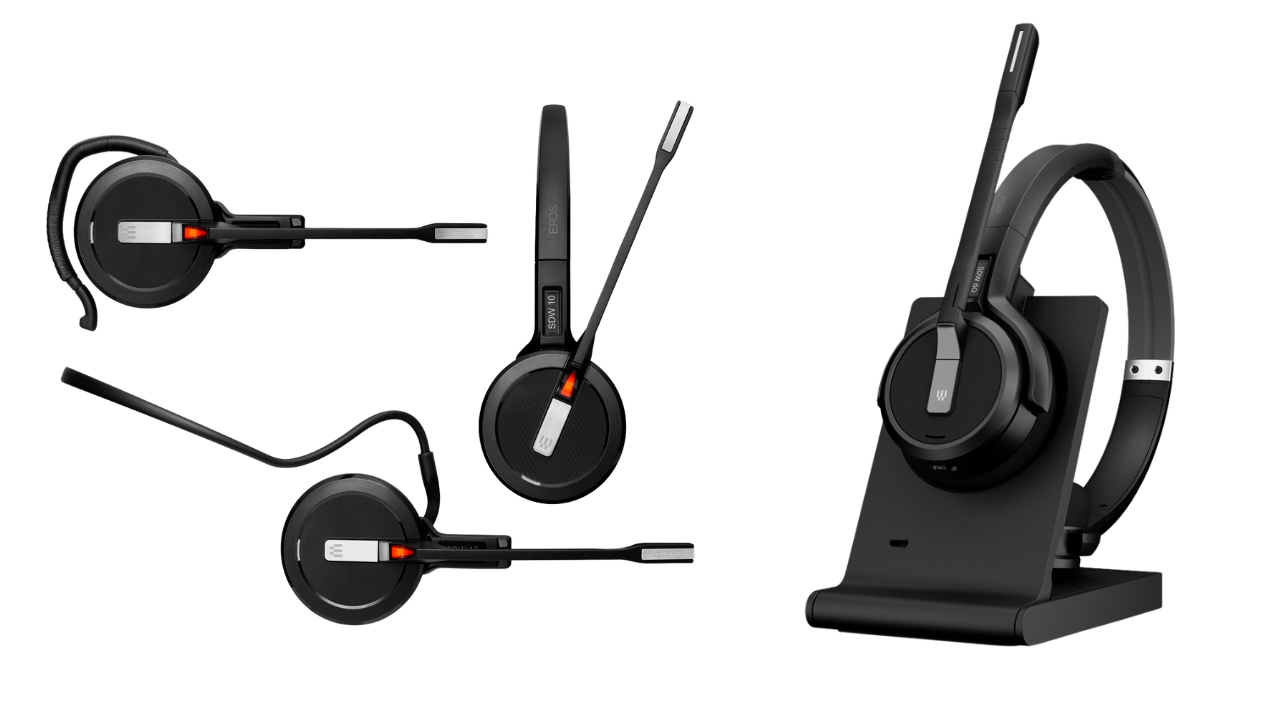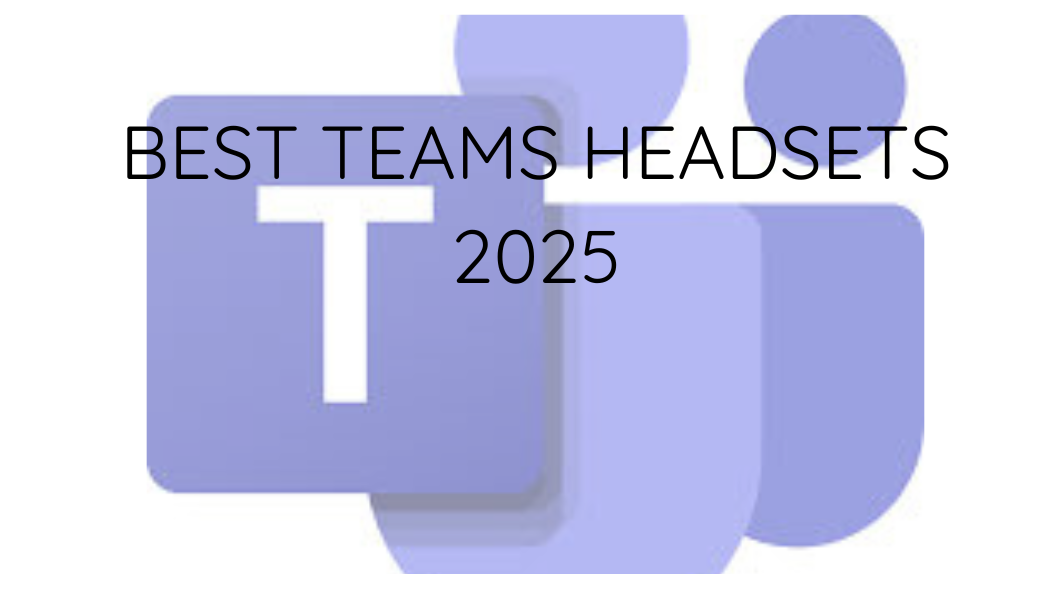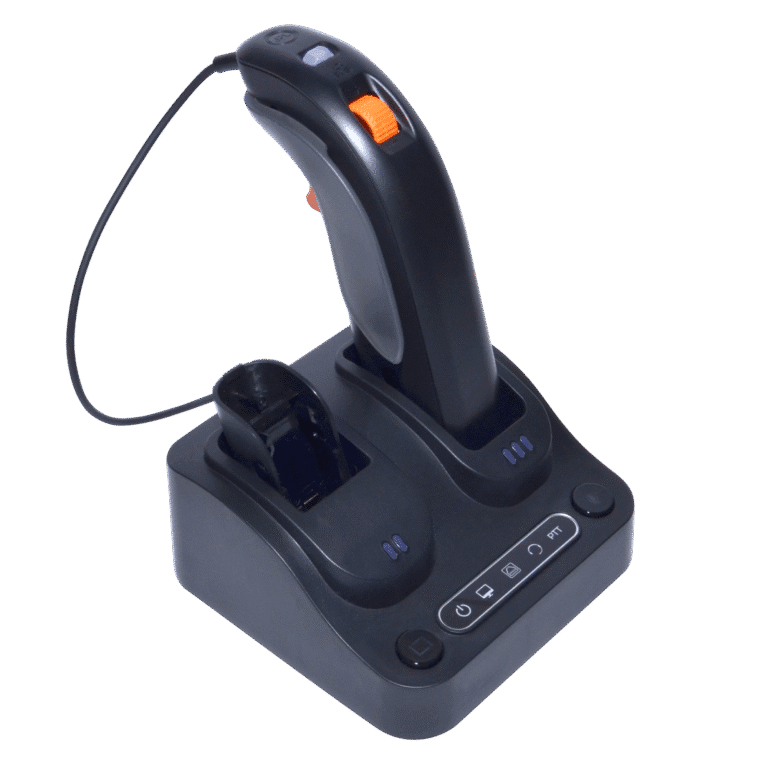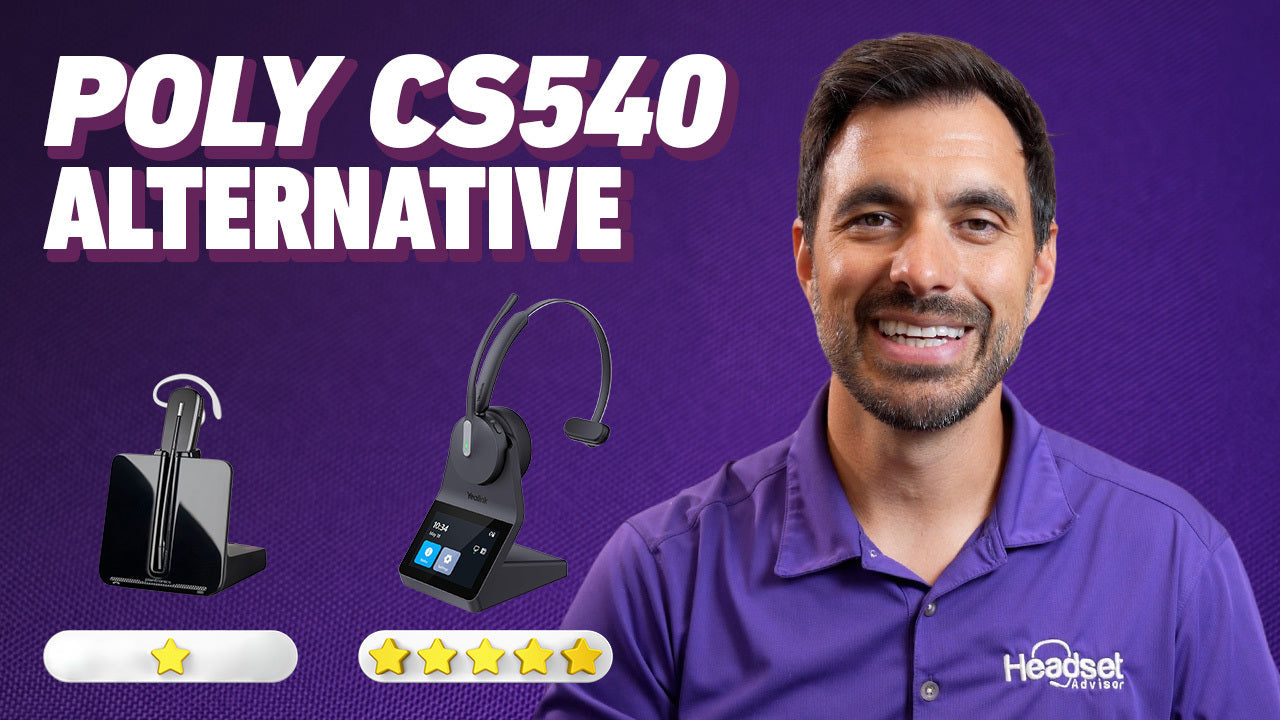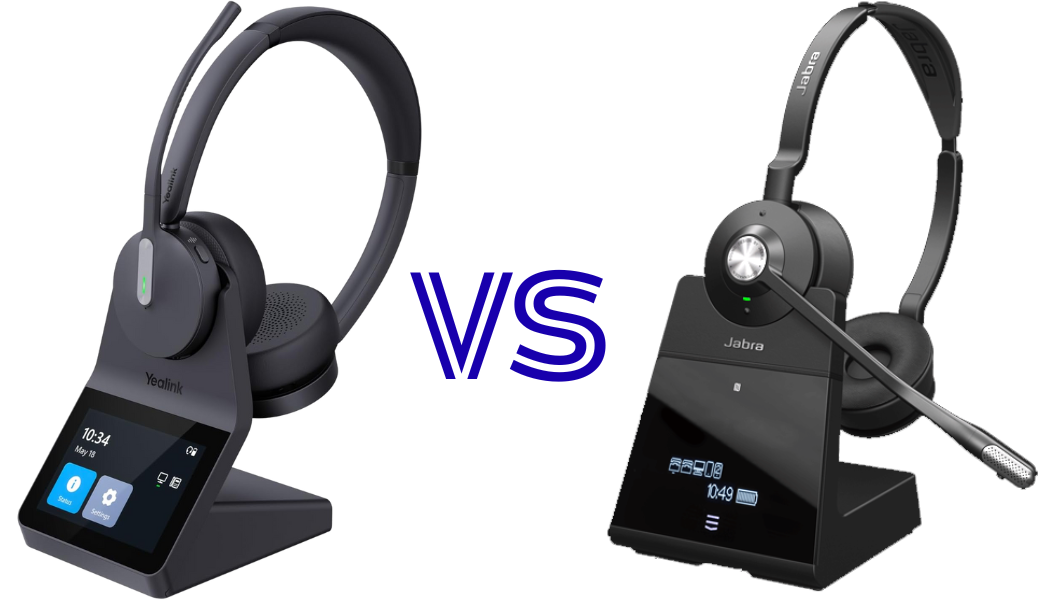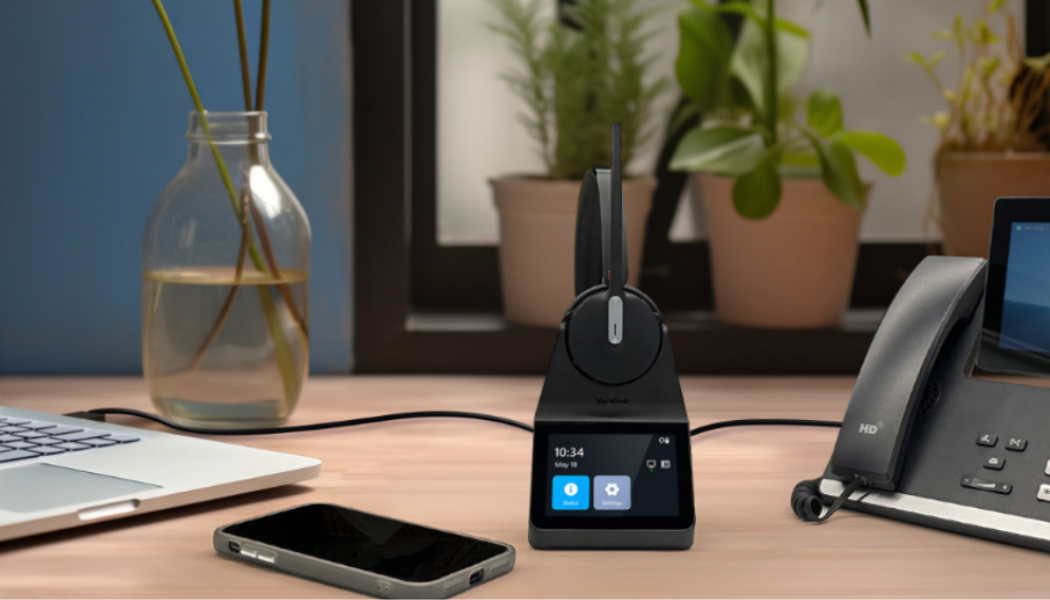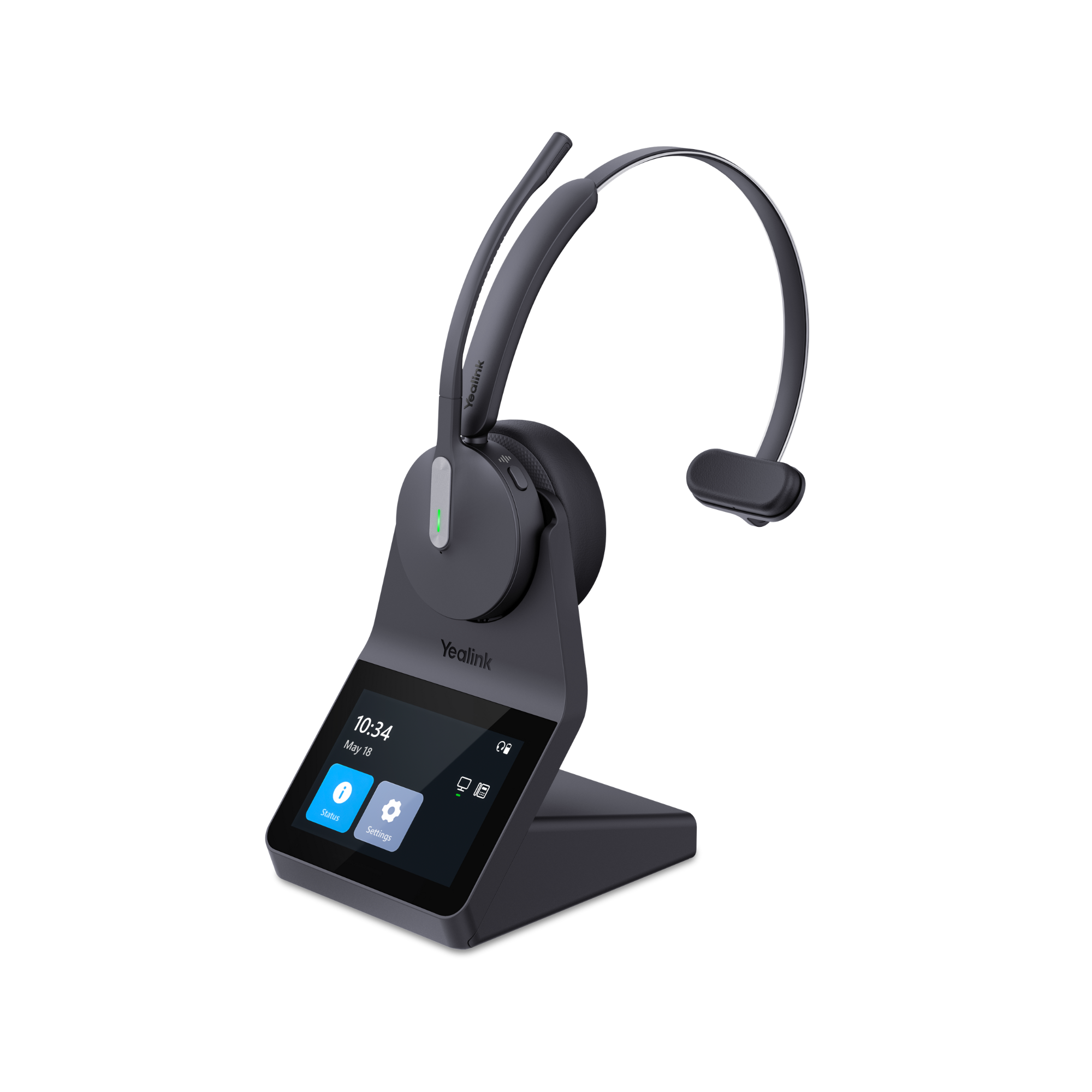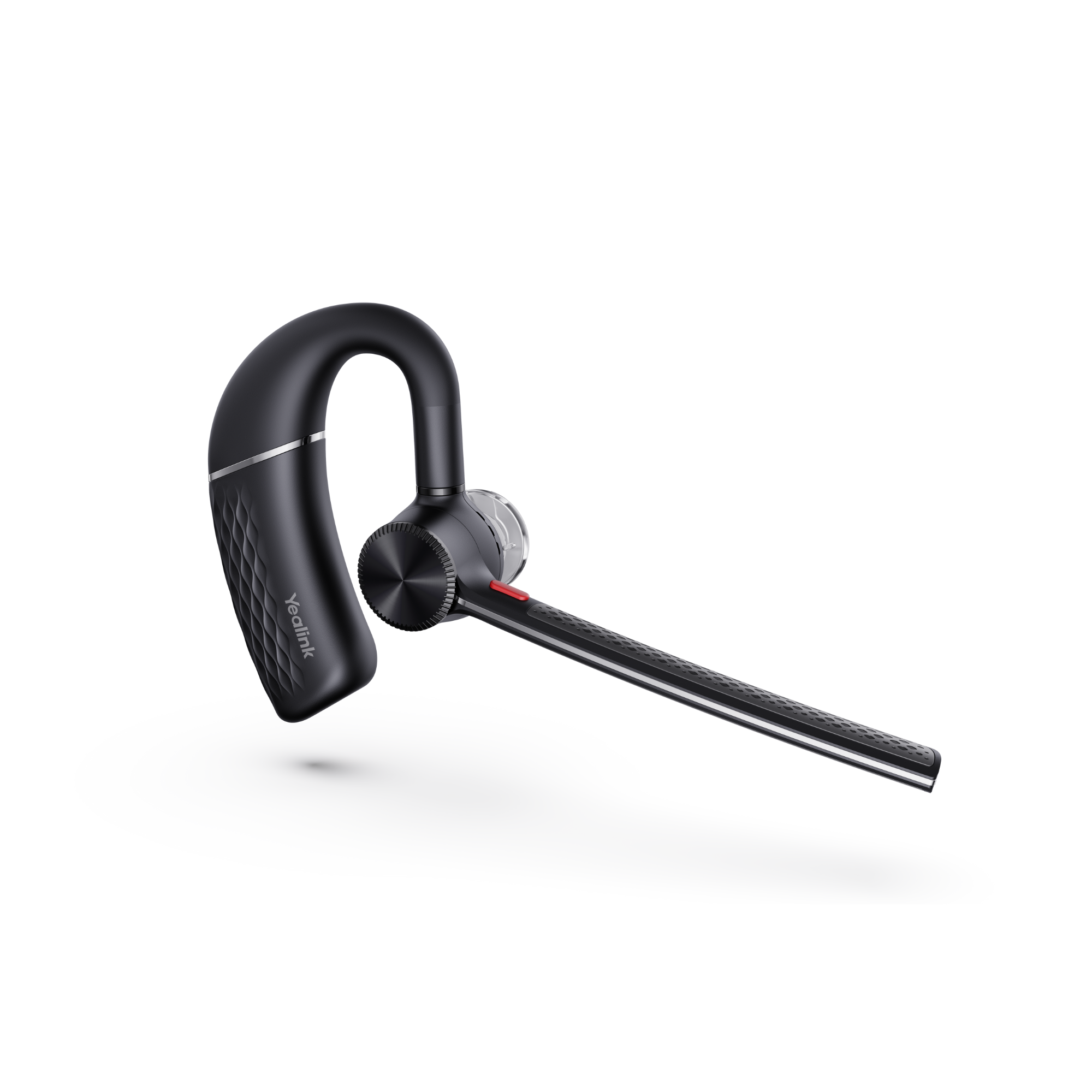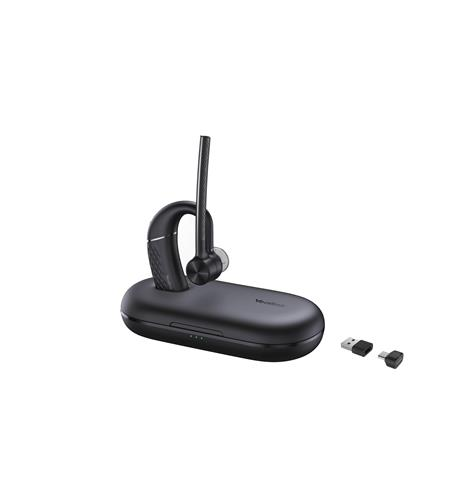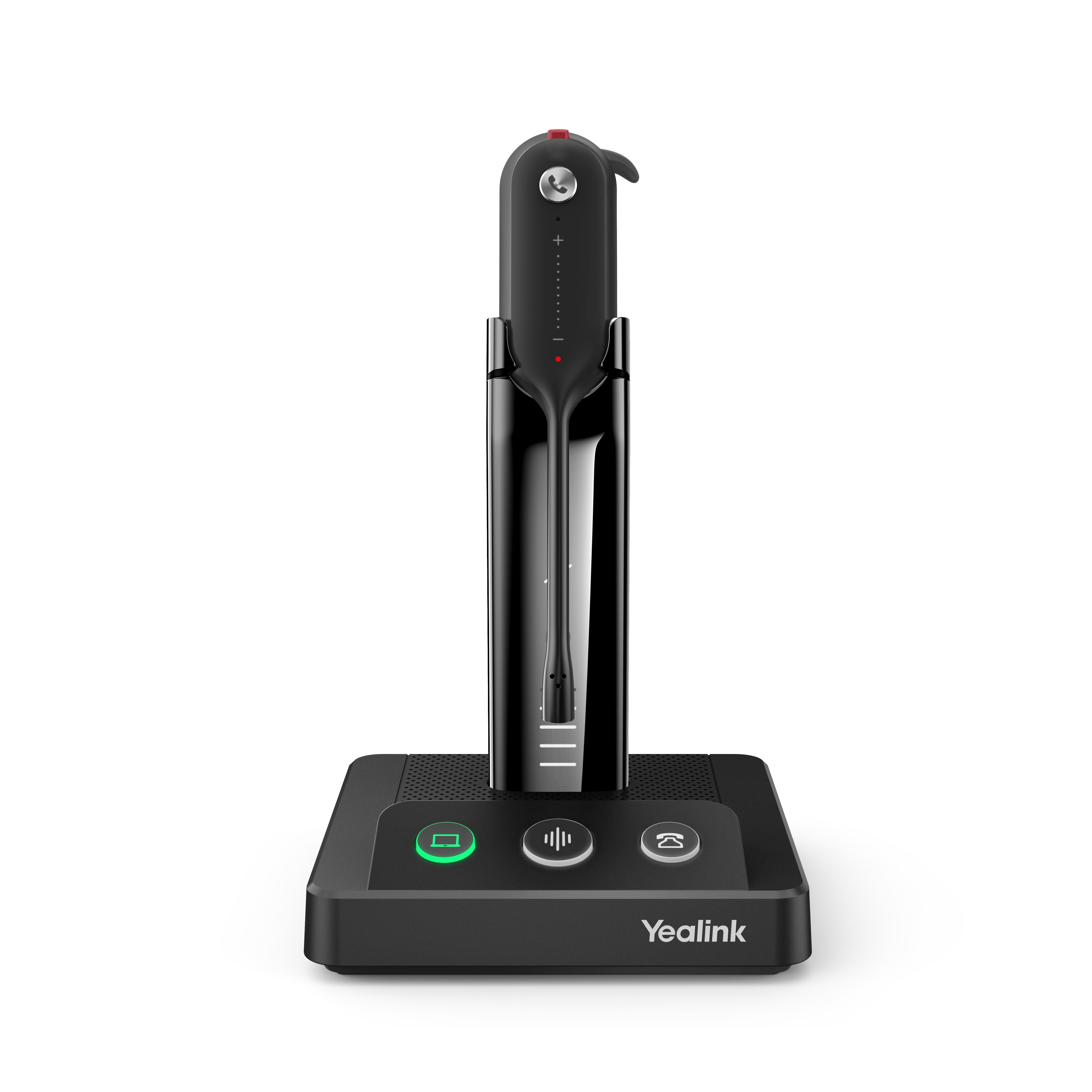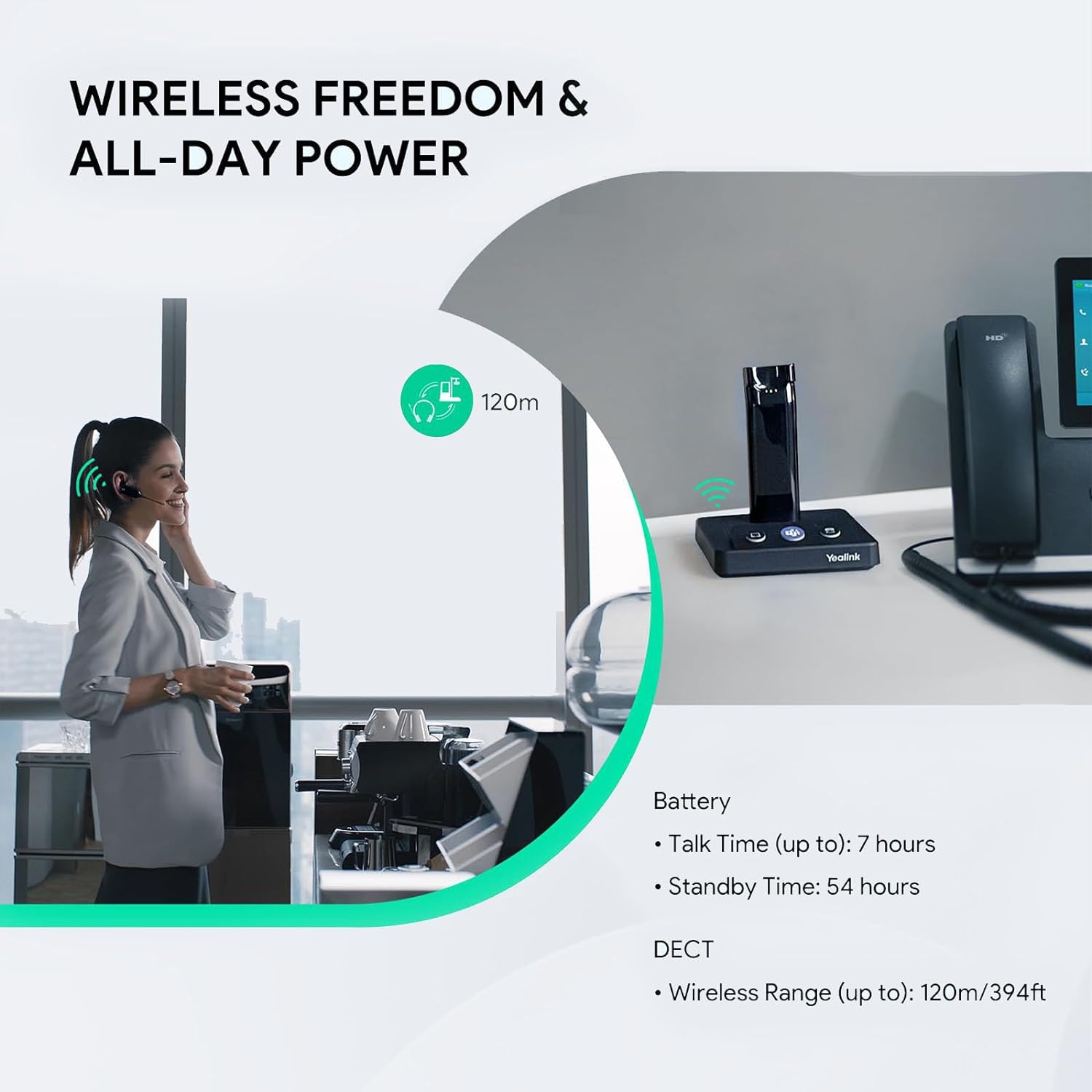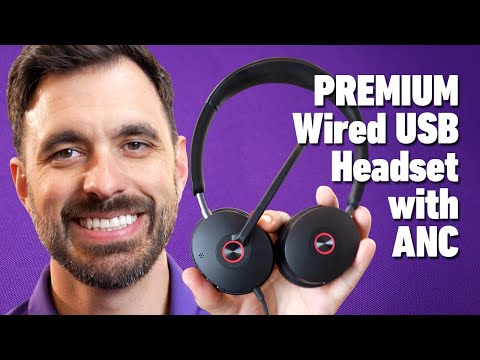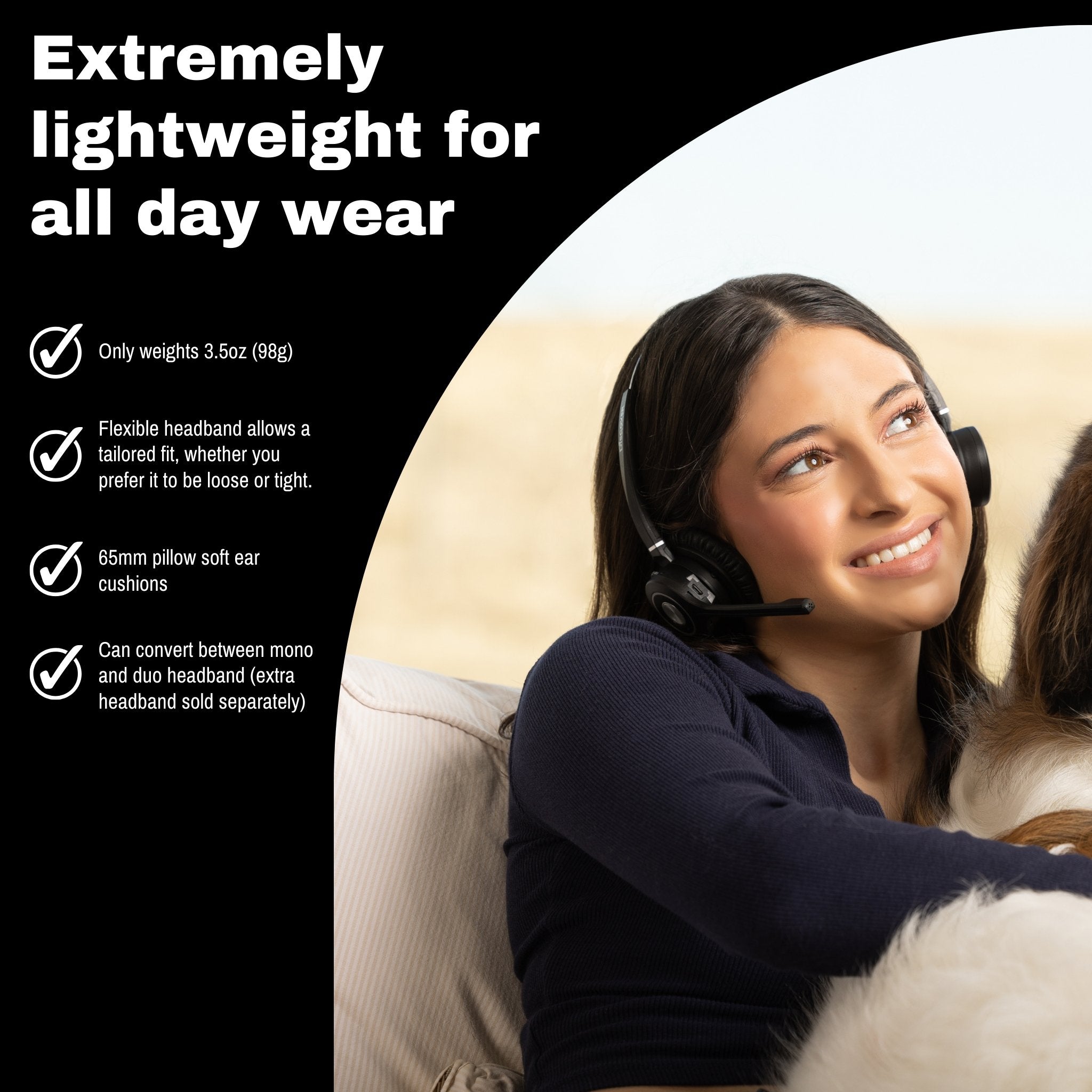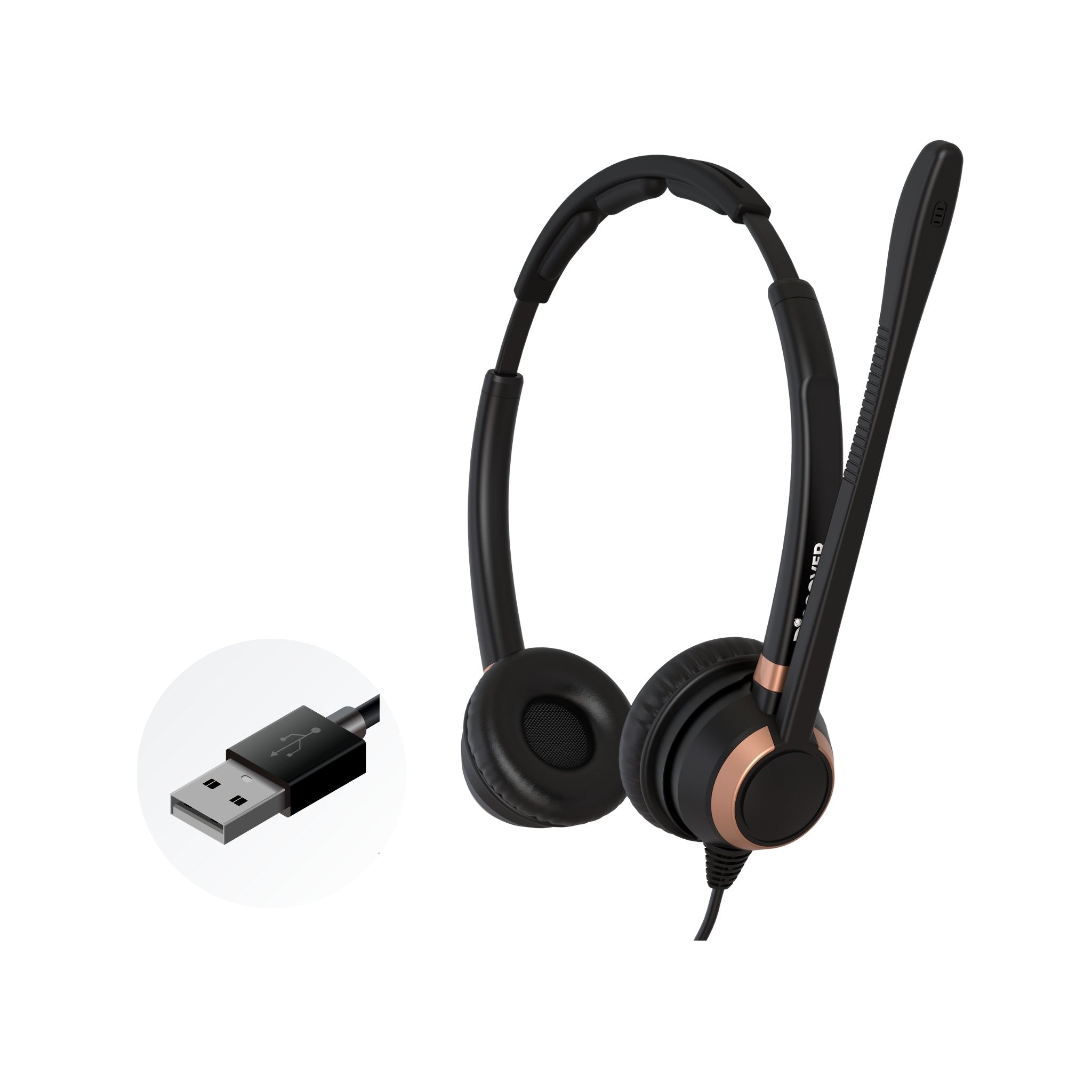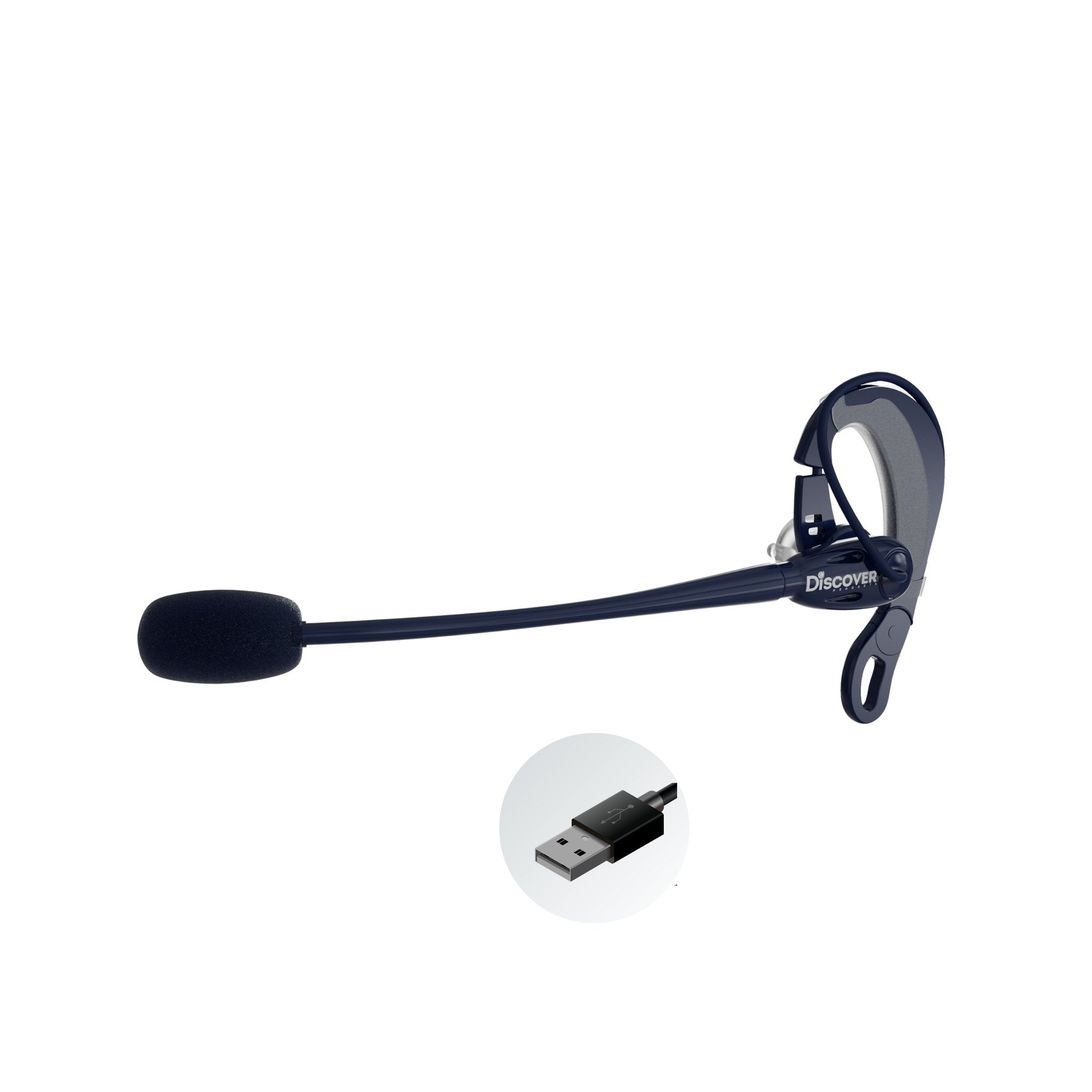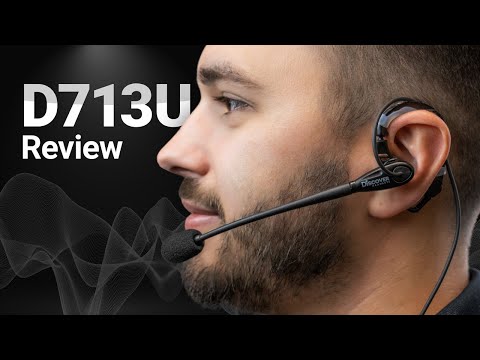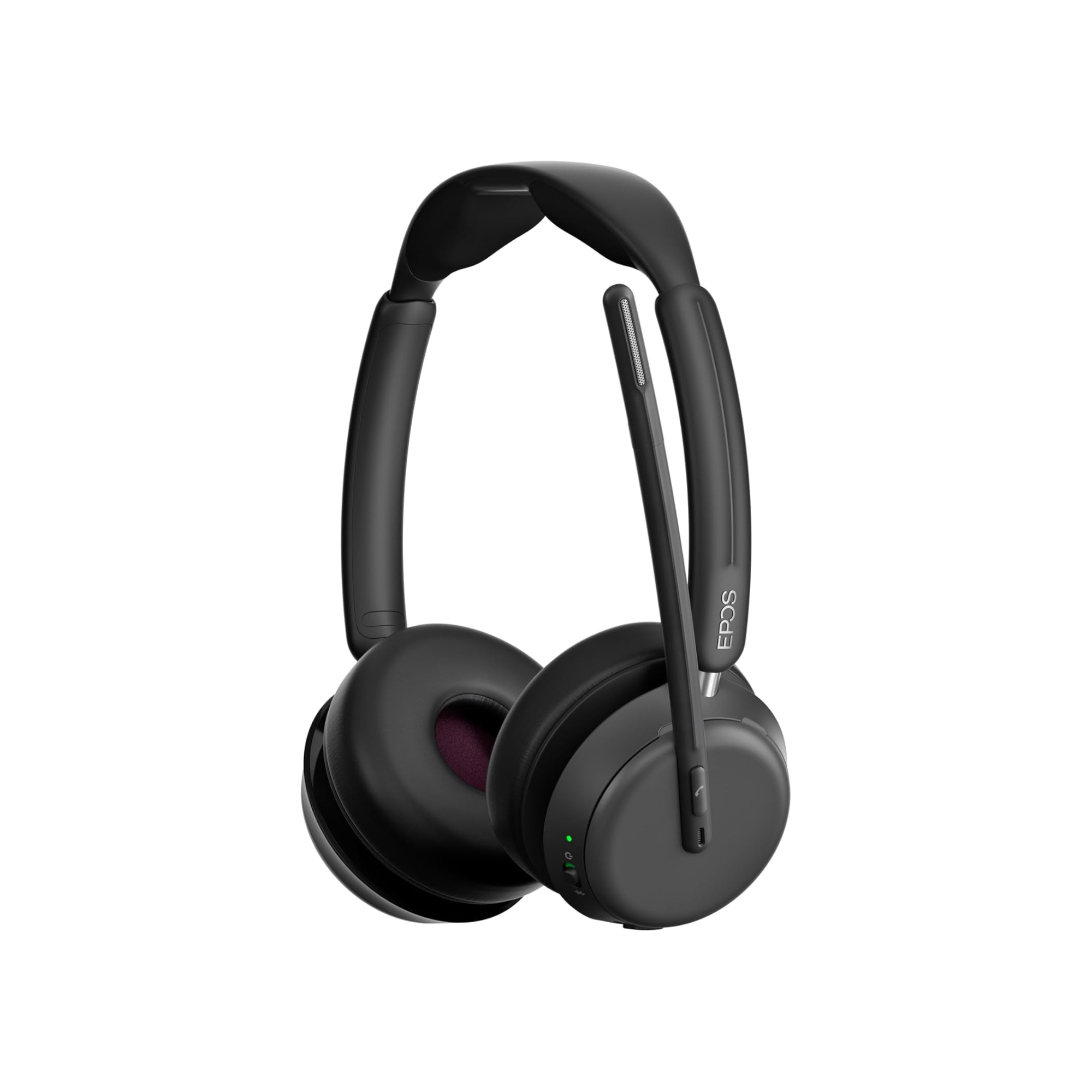In today's highly flexible work environment, staying connected doesn't always mean being chained to your desk. Remote work and flexible schedules are becoming increasingly common, making the ability to manage calls remotely a crucial tool for many professionals. But how do you answer and end calls when your phone or computer isn't within arm's reach, like when you’re away from your desk? That’s where Remote Call Control (RCC) comes in.
To learn more about Remote Call Control, you can continue reading this blog, or you can watch our RCC overview video below. Either way, you'll come away with a better understanding of this highly useful headset feature.
In this blog I'll cover remote call control technology, taking a look at its evolution from the early days, to the more sophisticated solutions available today. We'll explore three key methods for remotely controlling calls when using a wireless headset:
- Handset Lifters
- Electronic Hookswitch Cables (EHS cables)
- And USB adapters
Finally, we'll discuss the additional functionalities offered by USB adapters when used with Unified Communication (UC) platforms like Microsoft Teams, when using Bluetooth headsets.
The Handset Lifter: A Mechanical Marvel

The story of remote call control starts with the handset lifter. This ingenious device, often resembling a small robotic type device, physically lifts the handset of your desk phone off the cradle when you initiate a call through your headset, or want to take a call when away from the desk. While simple in concept, the handset lifter revolutionized phone call convenience, allowing users to answer and end calls without being physically present at their desks.
If you'd like to get a good overview of what a lifter is, how it connects to a phone, and how it operates, then make sure to check out the short 1:09 minute video below.
However, handset lifters have a few limitations.
- The adhesive strips that keep the lifter in place fail over time, which causes the lifter to become loose. When this happens, the lifter won’t properly perform its function because it's out of alignment, or it comes off the phone entirely.
- Lifter motors can fatigue over time which can cause the lifting arm to not raise the handset high enough to clear the hookswtich on the phone. This can result in missed calls and a lot of frustration.
- Lifters with a pin connector can work its way loose over time. That cuts the connection between the headset and the phone which causes the lifter to quit working. Most users aren’t able to diagnose this problem easily, as it’s very hard to identify.
- There’s a height adjustment that regulates how high the handset lifts the receiver. If the user sets this too high, or too low, problems can easily occur. Too low, and you risk the weight of the handset pressing on the lifter arm causing it to hang up during the call. And if you set the lifter arm too high, it can throw the handset off the phone, onto the desk, or off the desk. So there’s some fine tuning required, and most aren’t even aware that a height adjustment exists.
In spite of these issues, Handset Lifters have been a good option for who use wireless headsets to do their daily business. They help to avoid missed calls, which can help to improve customer service. Lifters also allow you to avoid facing a mountain of voice messages due to missed calls. All things considered, they're an affordable accessory that's worth far exceeds its modest price.
A Natural Evolution: The Rise of the Electronic Hookswitch Cable

The electronic hookswitch cable (EHS cable) marked a significant advancement in remote call control technology. These cables electronically mimic the action of pressing the phone's hookswitch button. By connecting the EHS cable to your headset and desk phone, you can seamlessly answer and end calls through your headset call control button.
EHS cables offer several advantages over handset lifters.
- They are generally far more reliable and less prone to wear and tear
- They’re easier to install because they just plug in, though there you may need to go into the phone settings to configure it to recognize the EHS device.
- There’s no adhesive to fool with, or fail
- There’s no arm height adjustment needed because there's no lifting
- There’s nothing to align
In short, it’s a much cleaner, simpler, more efficient way to access calls remotely, and they're priced about the same.
The All-in-One Solution: USB Adapters and the Power of UC Apps

USB adapters (sometimes called dongles) represent the latest evolution in remote call control. These USB adapters connect your wireless headset to your computer via USB, enabling call control through your headset. However, the true power of USB adapters lies in their integration with UC platforms like Microsoft Teams.
When paired with a UC-optimized headset and application, USB adapters go beyond simple call control. They often allow you to perform a variety of in-meeting actions directly from your headset, including:
- Launching a Teams meeting
- Muting your microphone
- Raising your hand in a video meeting
- Adjusting call volume
- Accessing call menus
This level of functionality streamlines your workflow and allows you to fully participate in meetings without needing to touch your computer, and in many cases, not needing to be at your desk.
Connecting Via Bluetooth And Why It's A Bad Idea
Some may argue that using a Bluetooth headset with a Bluetooth enabled computer, there's no need for a USB adapter. And though you can connect a Bluetooth headset to a computer, it's not the best chioce. Here's why:
| Feature | Bluetooth Connection | USB Adapter Connection |
|---|---|---|
| Signal | Inconsistent, and known to drop calls |
Consistent w/o history of dropping calls |
| Voice Audio Quality | Known to be inconsistent. Leaves bad impression |
Known to be reliable, and consistent - good impression |
| Wireless Range | Less than with USB Adapter and inconsistent |
Longer wireless range compared to Bluetooth |
| Remote Call Control | Not Available, a big disandvantage |
Can have Remote Call Control, Teams Launch, Vol adjust, and raise hand all from the headset |
USB adapters provide a number of useful functions that help to deliver a better communication experience.
Choosing the Right Remote Call Control Solution
The ideal remote call control solution depends on your specific needs and equipment. Here's a quick summary:
- Handset Lifter: - Ideal for basic call control (answer/end calls) for use with desk phones
- EHS Cable: - Offers wide phone compatibility and increased reliability compared to lifters, and like lifters, EHS cables are designed for use with desk phones.
- USB Adapter: - The most versatile option, especially with UC platforms, offering advanced features and functionality. Compatible with Bluetooth and DECT headsets, and used with desktop and laptop computers, as well as with compatible USB featured desk phones.USB Adapters offer more functionality compared to Lifters, and EHS cables.
Additional factors to consider:

- Compatibility: Ensure your chosen solution is compatible with your headset and desk phone model. If not, you’ll find yourself with a device that won’t work with your setup.
- Features: Do you need basic call control or advanced functionalities with your UC platform? This goes hand-in-hand with the equipment in use. You may want or need certain features, but those features may not be supported based on your hardware configuration.
- Ease of Use: Consider the technical expertise required for setup and configuration. Though these devices aren’t overly complex, they all have their own unique nuances. IT staff can be a big help with this, or you can also seek support from your headset, or phone vendor.
- Answer Distance. Remember, when taking calls remotely, you’re limited in range to that of your headset. So for those using headsets that can reach, say, up to 300 feet, that’s the range you’ll be able to take a call while away from your desk. Bluetooth headsets, compared to DECT models, offer less wireless range, so this is something to keep in mind so that you have the right expectation when considering remote call control.
Headset Advisor: Your Best Source For Headset Advice
Navigating the world of remote call control can be confusing. Headset Advisor is here to help! We've assisted customers since 1994 with their communication needs, and we offer a wide range of headsets and accessories, including those featuring remote call control functionalities. Our team of experts can assist you in finding the perfect solution that seamlessly integrates with your existing equipment and UC platform. So don't hesitate to contact us today for some expert advice.
Here's how we can help:
- Compatibility Check: Unsure if a specific solution works with your headset and desk phone or computer? We'll help you find the perfect match.
- Customization: We offer custom configurations to ensure your remote call control solution functions flawlessly. In fact, we guarantee it!
- Expert Advice: Our team can answer all your questions about remote call control technology and recommend the best solution for your needs.
Don’t get anchored to your desk when there’s a simple, affordable and easy to use accessory available to help make your day on calls, far easier and more productive. Embrace the freedom of remote call control and work from anywhere with confidence while staying connected, and giving your customers better service. Missing calls can lead to phone tag, not to mention frustration. Remote Call Control elevates your service level, and helps to make employees more productive during theire workday.
Contact us today to make sure that you're getting the most value and benefit from your headsets.

